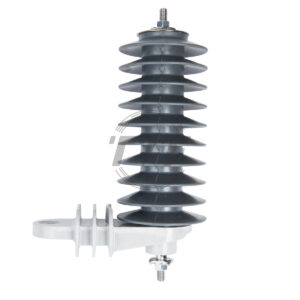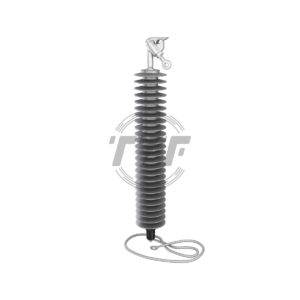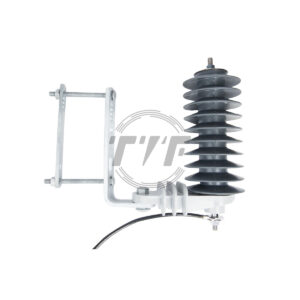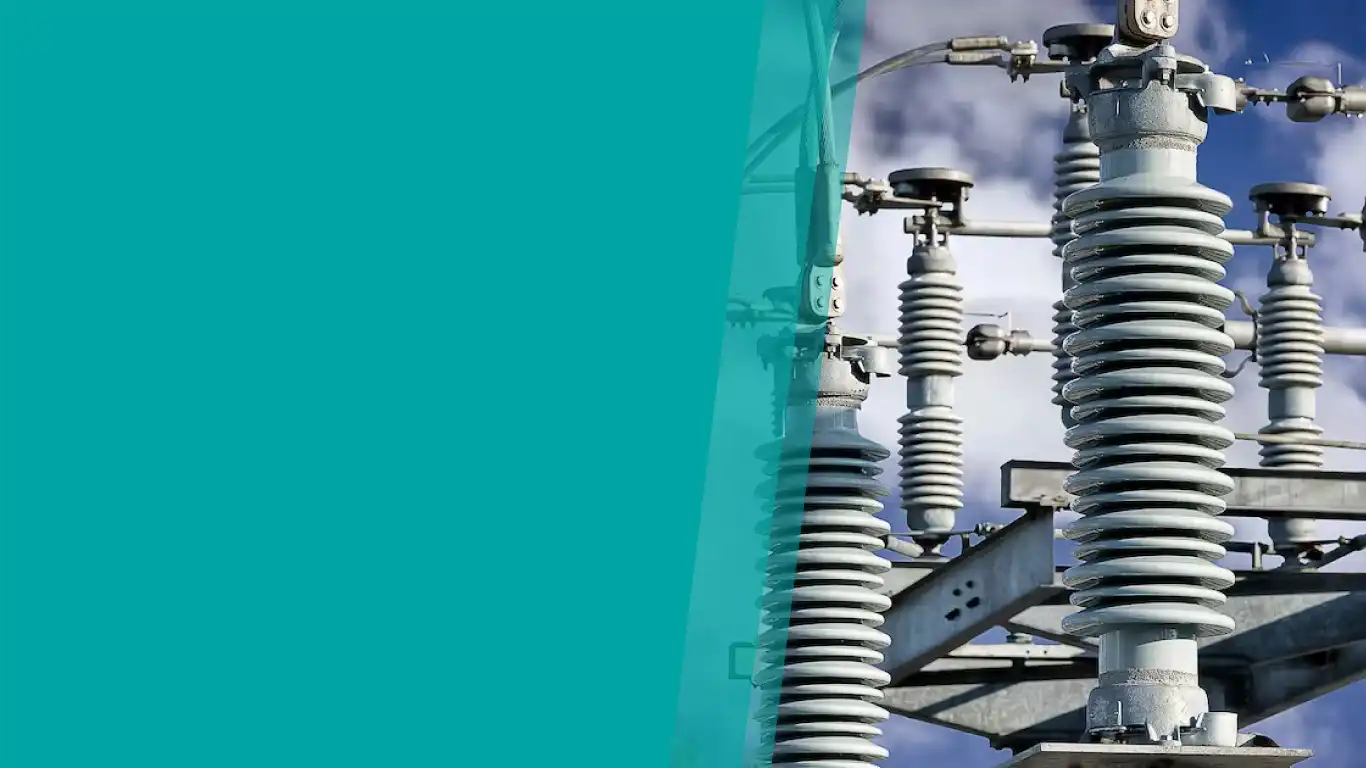
Surge Protection Device
Surge Arrester Manufacturer
TTF Power manufactures and supplies surge arresters for overhead power distribution systems. A surge arrester is a protective device used on power distribution networks to limit overvoltage transients that can damage equipment and disrupt the flow of electricity.
Surge arresters are designed to protect against sudden voltage spikes caused by lightning strikes, switching operations, or other events that can produce high levels of transient overvoltage. When these events occur, surge arresters provide a low-impedance path to ground for the transient energy, diverting it away from the protected equipment.
These surge protection devices typically consist of a metal oxide varistor (MOV) element connected between the phase conductor and ground. The MOV element has a highly nonlinear voltage-current characteristic, meaning that it conducts only when the voltage exceeds a certain threshold. When the voltage exceeds this threshold, the MOV element begins to conduct and shunts the excess energy to ground, protecting downstream equipment.
Surge arresters are typically installed at various points on the power distribution network, such as at transformer stations and on power poles. They are an important component of power system protection and help to ensure reliable and safe operation of the electricity grid.
Components of surge arrester
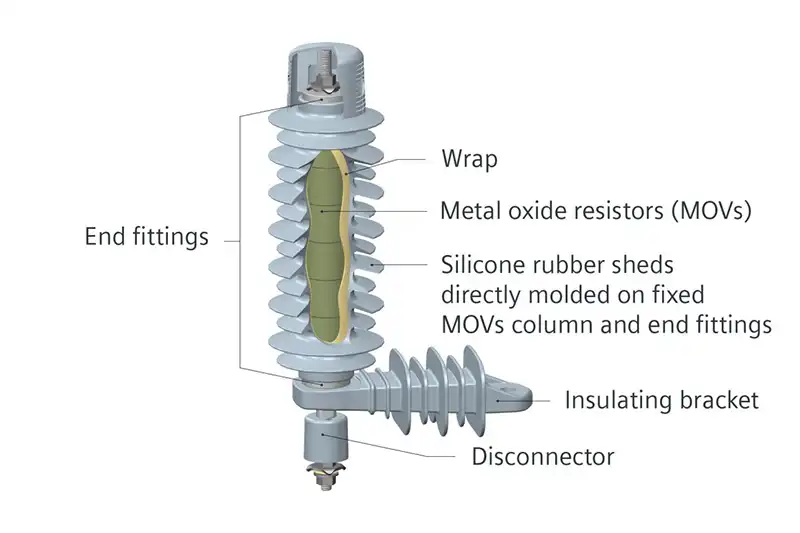
A surge arrester typically consists of the following components:
- Metal Oxide Varistor (MOV) Element: The MOV is the main component of the surge arrester. It is a ceramic disk made up of metal oxide grains with zinc oxide as the main component. The MOV is connected between the phase conductor and ground and has a highly nonlinear voltage-current characteristic. When the voltage exceeds a certain threshold, the MOV element begins to conduct and shunts the excess energy to ground, protecting downstream equipment.
- Housing or Enclosure: The MOV element is housed in a protective enclosure made of insulating material such as porcelain, polymer, or silicon. The housing protects the MOV element from environmental factors such as moisture, dust, and mechanical damage.
- End Fittings: Surge arresters are connected to the power system through end fittings. The end fittings are made of high-strength materials such as galvanized steel or aluminum, and are designed to withstand the mechanical and electrical stresses of the power system.
- Ground Lead: The ground lead is a conductor that connects the surge arrester to the grounding system of the power system. It provides a low-impedance path to ground for the transient energy, diverting it away from the protected equipment.
Overall, surge arresters are relatively simple devices with few components. Their design and construction, however, are critical to ensure that they are able to operate reliably and provide effective protection to the power system.
Types of surge arrester
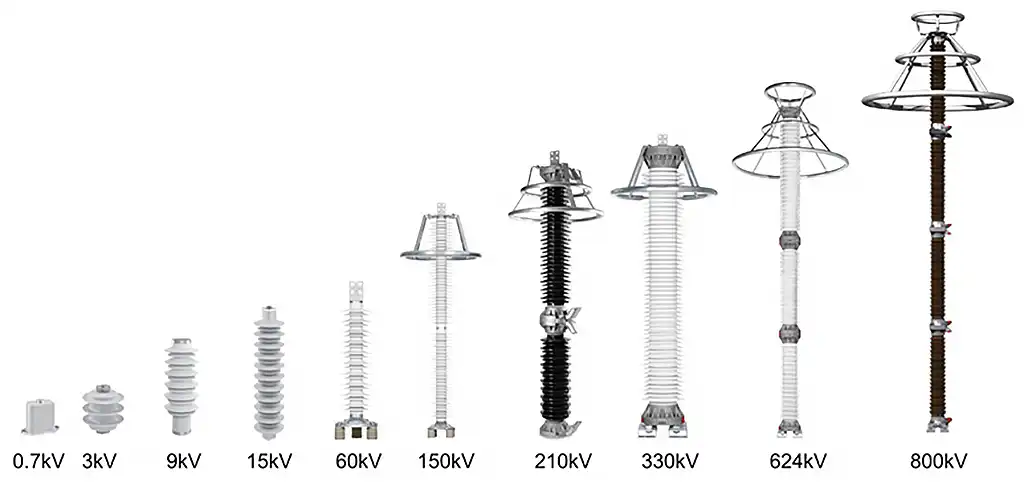
There are several types of surge arrester commonly used in power distribution networks. These include:
- Station Class Surge Arresters: These are large surge arresters designed for use in substations and other high-voltage applications. They are typically rated for high surge currents and are used to protect large transformers, circuit breakers, and other critical equipment.
- Intermediate Class Surge Arresters: These are medium-sized surge arresters used in medium-voltage applications such as distribution lines and pole-top transformers. They are designed to protect equipment against moderate surge currents.
- Distribution Class Surge Arresters: These are small-sized surge arresters used in low-voltage applications such as residential and commercial buildings. They are designed to protect against low-level surge currents and are typically installed at the service entrance to a building.
- Metal Oxide Surge Arresters: These are the most common type of surge arrester and are widely used in power distribution networks. They use metal oxide varistors (MOVs) to provide surge protection and are available in various voltage ratings and surge current capacities.
- Silicon Carbide Surge Arresters: These surge arresters use silicon carbide (SiC) varistors to provide surge protection. They are less commonly used than metal oxide surge arresters but offer some advantages, such as a higher energy absorption capability.
The type of surge arrester used will depend on the specific application and the requirements for surge protection in that application. It is important to select a surge arrester with appropriate voltage and current ratings to ensure effective protection and reliable operation.
Installation of surge arrester
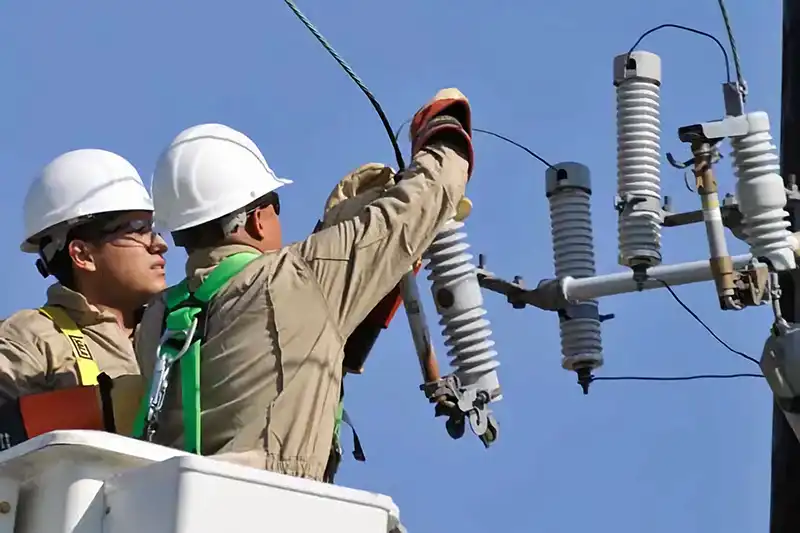
The installation of a surge arrester on a power distribution network will depend on the specific application and the type of surge arrester being used. In general, however, the following steps are typically involved in installing a surge arrester:
- Select the Location: Surge arresters should be installed at strategic locations on the power distribution network where there is a high risk of overvoltage transients. This may include near transformers, circuit breakers, and other critical equipment.
- Prepare the Mounting Surface: The surge arrester should be installed on a stable and secure mounting surface. This may include a concrete pad, a metal frame, or a pole.
- Connect the Ground Lead: The ground lead of the surge arrester should be connected to the grounding system of the power distribution network. This provides a low-impedance path to ground for the transient energy, diverting it away from the protected equipment.
- Connect the End Fittings: The surge arrester should be connected to the power distribution network through its end fittings. The end fittings may include a connector, a terminal, or a bushing, depending on the specific application.
- Verify the Connections: Once the surge arrester is installed, the connections should be carefully verified to ensure that they are tight and secure.
- Test the Surge Arrester: The surge arrester should be tested to verify its electrical performance. This may include testing its response to simulated surge currents and verifying its voltage rating.
It is important to follow the manufacturer’s installation instructions and any applicable codes and standards to ensure that the surge arrester is installed correctly and provides effective surge protection. Additionally, qualified personnel with appropriate training and experience should be involved in the installation process to ensure that it is done safely and correctly.
Applications of surge arrester
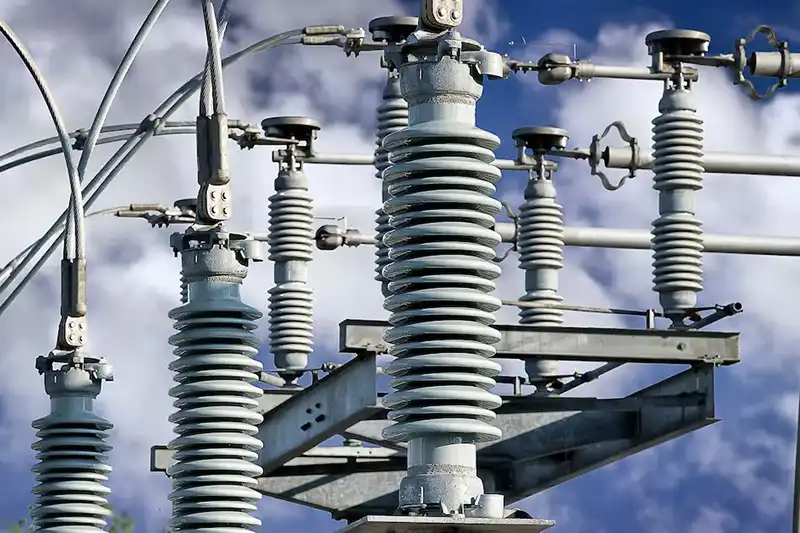
Surge arresters are used in a variety of applications to protect power distribution networks and equipment from overvoltage transients. Some common applications of surge arresters include:
- Substations: Surge arresters are used in substations to protect transformers, circuit breakers, and other critical equipment from overvoltage transients caused by lightning strikes, switching surges, or other events.
- Distribution Lines: Surge arresters are installed on distribution lines to protect pole-top transformers, switchgear, and other equipment from overvoltage transients caused by lightning strikes or switching operations.
- Industrial Facilities: Surge arresters are used in industrial facilities to protect sensitive electronic equipment from overvoltage transients caused by lightning strikes or power surges.
- Residential and Commercial Buildings: Surge arresters are installed at the service entrance of residential and commercial buildings to protect electrical equipment, appliances, and electronics from overvoltage transients caused by lightning strikes or power surges.
- Telecommunications Equipment: Surge arresters are used to protect telecommunications equipment, such as cell towers and data centers, from overvoltage transients caused by lightning strikes or power surges.
Overall, surge arresters are used in any application where there is a risk of overvoltage transients that could damage or destroy electrical equipment. The specific application will determine the type and rating of the surge arrester that is required to provide effective protection.
Pros and cons of surge arrester
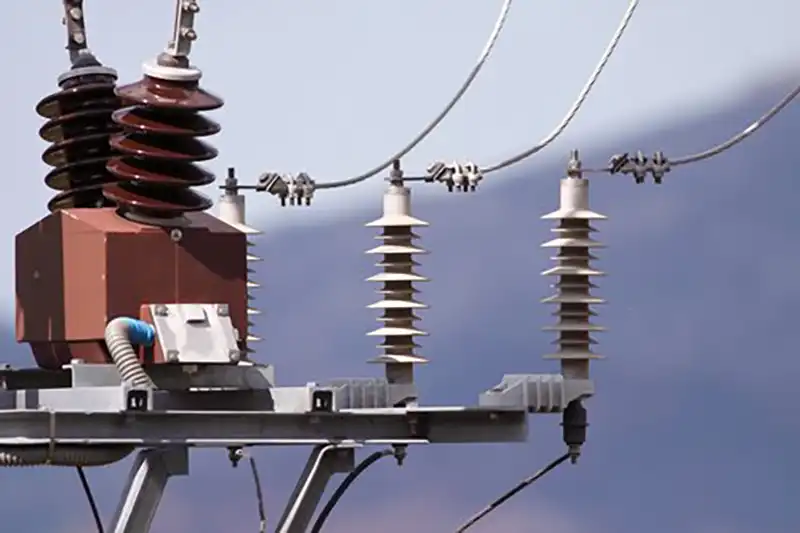
Surge arresters provide an important function in protecting electrical equipment from overvoltage transients. As with any technology, there are both advantages and disadvantages to using surge arresters. Here are some pros and cons of surge arresters:
Pros:
- Protection: Surge arresters provide protection to electrical equipment from overvoltage transients that could damage or destroy it. They can help to prevent equipment downtime, maintenance costs, and replacement costs.
- Versatility: Surge arresters can be used in a variety of applications, including substations, distribution lines, industrial facilities, and residential and commercial buildings.
- Cost-effective: Surge arresters are a cost-effective way to protect electrical equipment from overvoltage transients. The cost of installing surge arresters is generally much lower than the cost of repairing or replacing damaged equipment.
- Low maintenance: Surge arresters require very little maintenance once they are installed. They are designed to operate reliably for many years without needing attention.
Cons:
- Limited protection: Surge arresters are designed to protect against overvoltage transients, but they cannot protect against all types of electrical disturbances, such as voltage sags, harmonics, and frequency variations.
- Grounding: To operate effectively, surge arresters require a good grounding system. If the grounding system is not properly installed or maintained, the surge arrester may not provide effective protection.
- Aging: Over time, surge arresters may degrade or fail due to exposure to the elements, thermal cycling, and other factors. It is important to regularly inspect and replace surge arresters as needed to ensure that they continue to provide effective protection.
- False sense of security: Although surge arresters provide protection against overvoltage transients, they may create a false sense of security. Other measures, such as good grounding and a well-designed electrical system, are also important to ensure overall system reliability.
Overall, the benefits of surge arresters outweigh the drawbacks for most applications. Surge arresters are an important tool for protecting electrical equipment from overvoltage transients and improving system reliability.
How to choose the best surge arrester
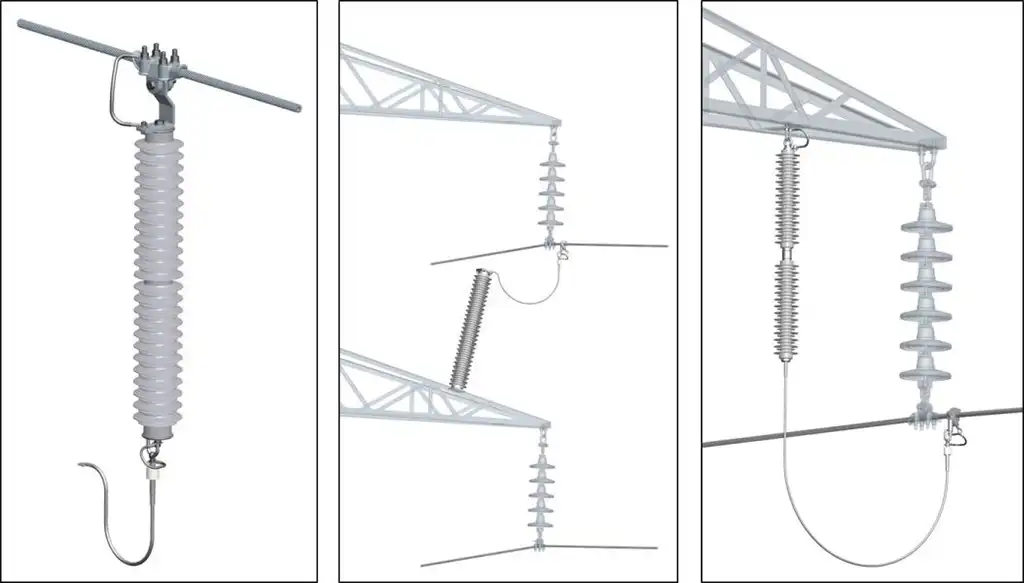
Choosing the best surge arrester will depend on several factors, including the specific application, the level of protection required, and the electrical system characteristics. Here are some factors to consider when choosing a surge arrester:
- Voltage Rating: Surge arresters are rated for maximum continuous operating voltage and maximum discharge voltage. It is important to choose a surge arrester with the appropriate voltage rating for the application.
- Current Rating: Surge arresters are also rated for maximum discharge current. The surge arrester should have a current rating that is sufficient to handle the maximum discharge current that could occur in the system.
- Energy Absorption Rating: Surge arresters are rated for energy absorption capability, which is the amount of energy that the surge arrester can absorb during a transient event. The surge arrester should have an energy absorption rating that is appropriate for the expected transient energy.
- Type of Arrester: There are several types of surge arresters available, including metal-oxide arresters, gapped arresters, and expulsion arresters. The type of arrester chosen will depend on the specific application and the level of protection required.
- Response Time: Surge arresters have a response time, which is the time it takes for the surge arrester to divert the transient energy to ground. The response time should be fast enough to prevent damage to the protected equipment.
- Environmental Conditions: Surge arresters should be able to withstand the environmental conditions at the installation site. This may include exposure to extreme temperatures, moisture, and other factors.
- Certification and Standards: Surge arresters should be certified to applicable industry standards, such as IEC, IEEE, or UL. Certification ensures that the surge arrester has been tested and meets specific performance requirements.
- Manufacturer’s Reputation: The reputation and experience of the surge arrester manufacturer should also be considered. It is important to choose a reputable manufacturer with a proven track record of producing high-quality surge arresters.
Overall, it is important to carefully consider the application and the electrical system characteristics when choosing a surge arrester. Working with a qualified electrical engineer or surge protection specialist can help ensure that the right surge arrester is chosen for the application.
FAQs
What is a surge arrester and how does it work?
A surge arrester is a device that is installed in an electrical system to protect against overvoltage transients. It works by diverting the transient energy to ground, preventing it from reaching and damaging the electrical equipment.
What are the types of surge arresters?
There are several types of surge arresters available, including metal-oxide arresters, gapped arresters, and expulsion arresters. Metal-oxide arresters are the most common type and are designed to conduct current to ground in the event of a transient.
What is the purpose of a surge arrester?
The purpose of a surge arrester is to protect electrical equipment from overvoltage transients that could damage or destroy it. Surge arresters can help to prevent equipment downtime, maintenance costs, and replacement costs.
Where are surge arresters typically used?
Surge arresters are used in a variety of applications, including substations, distribution lines, industrial facilities, and residential and commercial buildings. They are installed at the point of entry to the facility or on individual pieces of equipment.
How do I choose the best surge arrester for my application?
Choosing the best surge arrester will depend on several factors, including the specific application, the level of protection required, and the electrical system characteristics. Factors to consider when choosing a surge arrester include voltage rating, current rating, energy absorption rating, type of arrester, response time, environmental conditions, certification and standards, and manufacturer’s reputation. Working with a qualified electrical engineer or surge protection specialist can help ensure that the right surge arrester is chosen for the application.

